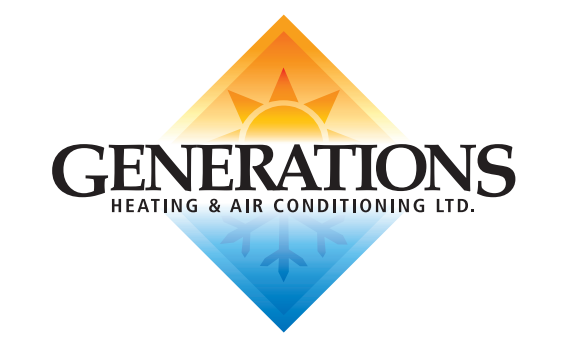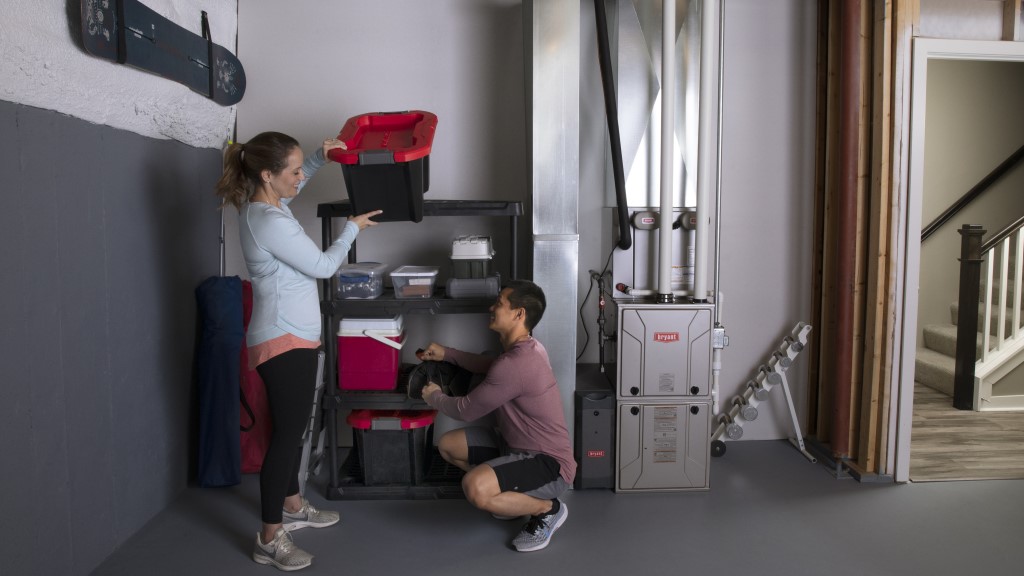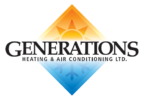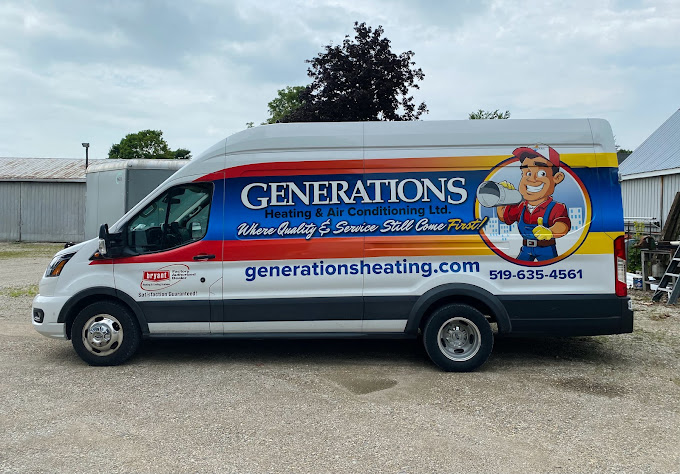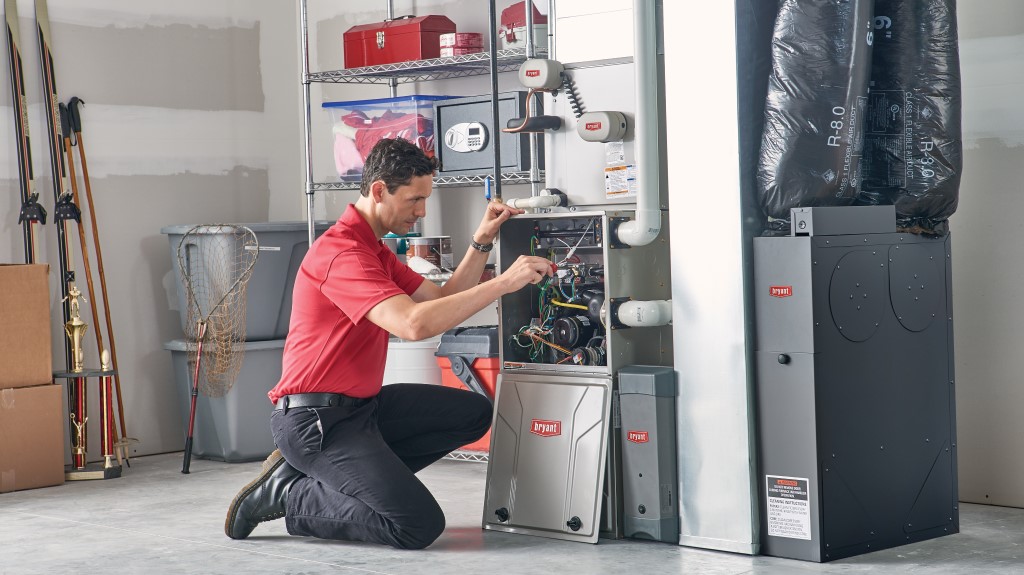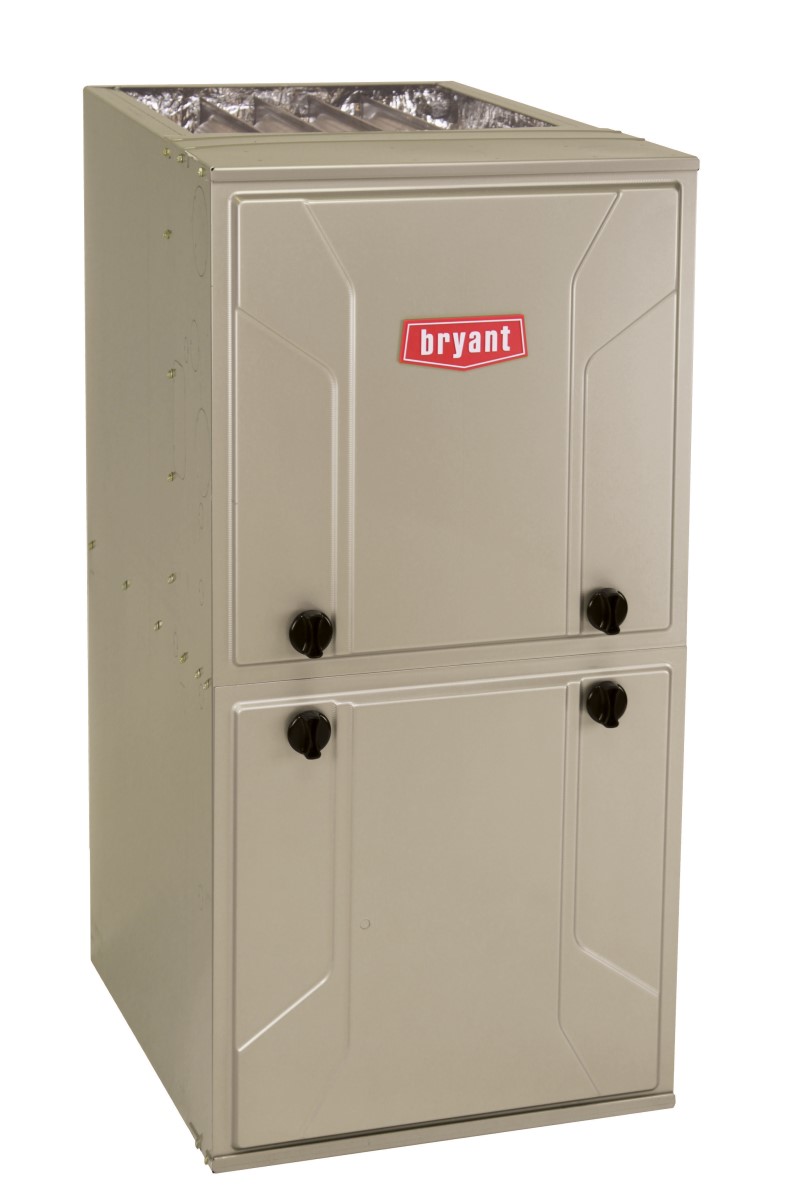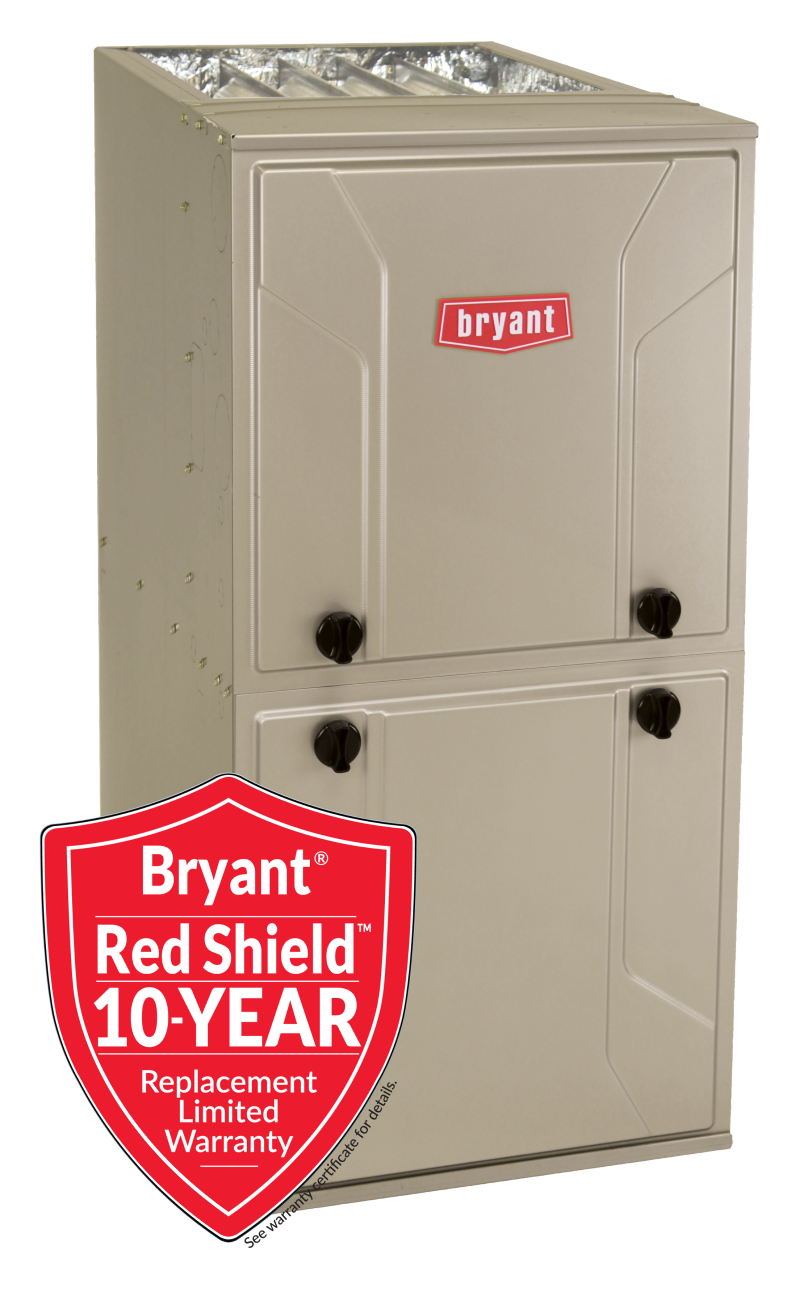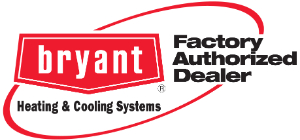Signs Your Furnace is Failing: Don’t Ignore These Warning Signals

Your furnace works hard to keep your home warm and comfortable during the cold months, but like any major appliance, it won’t last forever. Sometimes, a failing furnace gives warning signs before it completely breaks down.
Recognizing these signals early can save you from unexpected repairs, high energy bills, or even safety hazards. In this post, we’ll cover the most common signs that your furnace is failing, what they could mean, and when it’s time to contact a professional.
- Strange Noises
- Poor or Inconsistent Airflow
- Rising Energy Bills
- Frequent Cycling
- Yellow or Flickering Pilot Light (for older models)
- Unusual Odours
- Age of the Furnace
- Increased Humidity or Moisture Problems
Don’t wait until a small problem turns into a costly repair. Schedule a professional furnace inspection or repair today to keep your home safe and warm.
Key Takeaways
- A furnace often shows warning signs before it completely fails, and recognizing them early can prevent costly repairs and safety hazards.
- Strange noises such as rattling, squealing, or grinding usually indicate loose or worn parts and should be checked by a professional.
- Poor or inconsistent airflow may be caused by clogged filters, duct issues, or blower problems, and it can reduce comfort and efficiency.
- Rising energy bills often signal an inefficient or failing furnace that requires inspection.
- Frequent cycling can indicate thermostat issues, clogged filters, or overheating components.
- Yellow or flickering pilot lights and unusual odours are serious safety concerns and should be addressed immediately by a licensed technician.
- The age of the furnace matters; older units are more prone to failures and decreased efficiency.
- Increased humidity or moisture problems in the home can indicate leaks or ventilation issues, which may lead to mold or structural damage.
- Scheduling a professional inspection or repair at the first sign of trouble ensures your home stays safe, warm, and energy-efficient.
1. Strange Noises

Don't ignore strange noises coming from your furnace.
When your furnace makes unusual noises, it's trying to tell you something. Typical sounds are rattling, banging, squealing, or grinding. Even a small change in sound can let you know that something is malfunctioning.
What it Could Mean:
Unusual noises can be caused by a variety of things, such as:
- Worn or loose parts: Components in the furnace can loosen or wear down with time.
- Blower motor issues: An erratic blower motor can cause squealing or grinding sounds.
- Faulty bearings: Worn bearings can create a noticeable grinding or rattling noise.
Action:
If the noise is constant or suspicious, turn off your furnace immediately. Have a licensed service technician inspect and repair the system before the problem gets out of hand.
2. Poor or Inconsistent Airflow
When you notice that some rooms are not heating evenly or that airflow from your vents is poor, your furnace may not be circulating air the way it should. Poor airflow can leave your home less comfortable and make your system work harder than it needs to.
What it Could Be:
Unreliable airflow can be caused by several things, including:
- Dirty or clogged filters: Clogged filters restrict airflow and reduce heating efficiency.
- Blower motor issues: A faulty motor will not force air through the ducts properly.
- Ductwork problems: Leaks, obstructions, or undersized ducts can keep warm air from circulating to all rooms.
Action:
Inspect and replace filters on a regular basis to enhance airflow and system performance. If the airflow does not get any better, have a professional technician examine your blower and ductwork.
3. Rising Energy Bills

An inefficient furnace will drive up your bill.
A sudden spike in your energy bills can be more than a mere seasonal variation; it could be a sign that your furnace is broken. Even if your heating habits haven't changed, an inefficient system will drive up your bills.
What it Could Mean:
Higher energy bills can indicate:
- Worn-out furnace components: Broken components are inefficient and make your system work harder.
- Dirty filters or ducts: Dirty filter or ducts can limit your airflow. Limited airflow makes the furnace work longer to keep warm.
- Faulty heat exchanger: A compromised heat exchanger may cause inadequate heating and higher energy use.
Action:
Check and replace filters on a regular basis to ensure efficiency. Have your furnace inspected professionally if your bills just continue to go up without a clear reason. If issues are caught early, money is saved and an entire system failure can be avoided.
4. Frequent Cycling
When your furnace turns on and off more than usual, this is known as frequent cycling or short cycling. Short cycling can prevent your house from maintaining a constant temperature and put extra wear on the system.
What it Could Be:
Frequent cycling is caused by:
- Thermostat issues: A malfunctioning thermostat can provide inaccurate signals, with the furnace turning on and off repeatedly.
- Dirty filters: Reduced airflow can make the furnace cycle more often in an attempt to maintain temperature.
- Overheating: Overheated electrical and mechanical parts can shut down the furnace temporarily in an attempt to prevent damage.
Action:
Replace and/or clean your furnace filters if they are dirty or clogged. Have a professional technician look at the situation if cycling continues frequently, as it could be a root mechanical or electrical problem that needs to be repaired immediately.
5. Yellow or Flickering Pilot Light (for older furnaces)
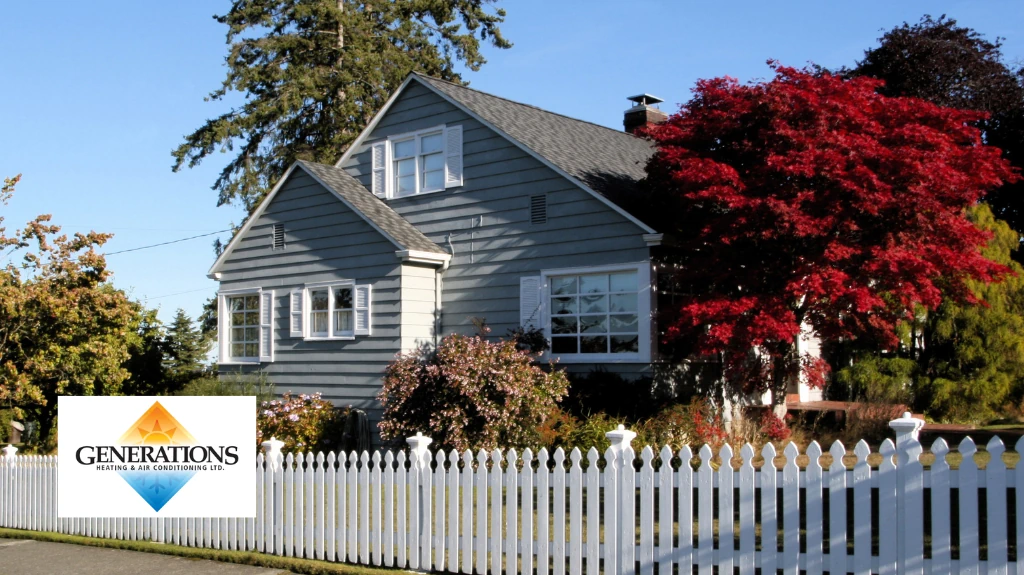
If an older furnace with a pilot light has a flickering or yellow flame, something is wrong.
A sudden spike in your energy bills can be more than a mere seasonal variation; it could be a sign that your furnace is broken. Even if your heating habits haven't changed, an inefficient system will drive up your bills.
What it Could Mean:
Higher energy bills can indicate:
- Worn-out furnace components: Broken components are inefficient and make your system work harder.
- Dirty filters or ducts: Dirty filter or ducts can limit your airflow. Limited airflow makes the furnace work longer to keep warm.
- Faulty heat exchanger: A compromised heat exchanger may cause inadequate heating and higher energy use.
Action:
Check and replace filters on a regular basis to ensure efficiency. Have your furnace inspected professionally if your bills just continue to go up without a clear reason. If issues are caught early, money is saved and an entire system failure can be avoided.
6. Unusual Odours
Unusual odours from your furnace or vents are a warning that you should pay attention to. Typical smells you could notice are gas-like, musty, or burning odours.
What it Could Be:
Unusual odours may be caused by:
- Electrical issues: Burning odours might be a result of overheating parts or wiring.
- Burning dust: The dust contained within the furnace may produce a brief burning smell when the system is turned on for the first time.
- Mold or mildew: Pungent smells can signal water buildup in the ducts or furnace.
- Gas leaks: Gas odour is a critical safety hazard that has to be addressed immediately.
Action:
Replace and/or clean your furnace filters if they are dirty or clogged. Have a professional technician look at the situation if cycling continues frequently, as it could be a root mechanical or electrical problem that needs to be repaired immediately.
7. Age of the Furnace
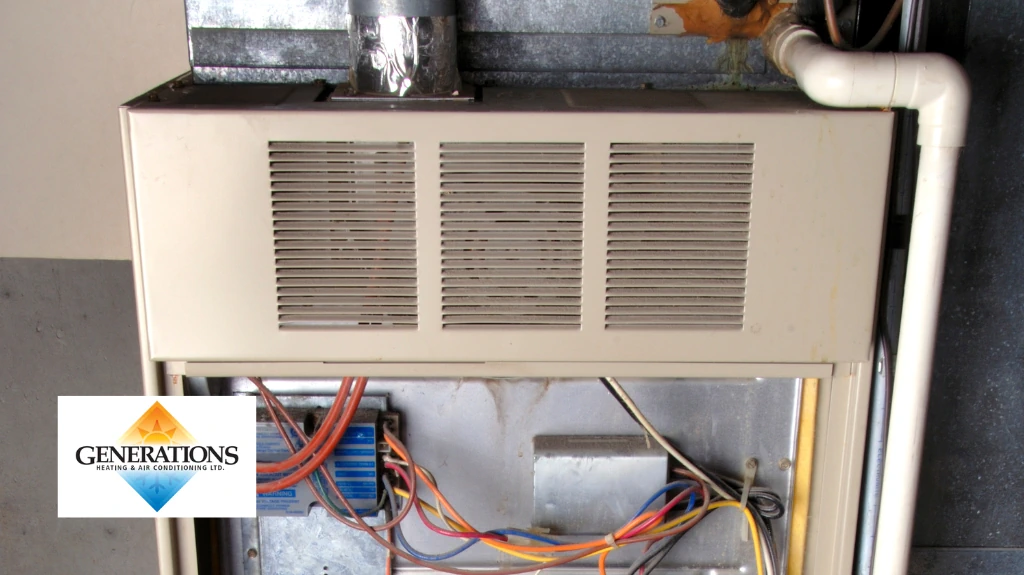
Furnaces normally last 15–20 years, and older ones are more likely to break down or lose efficiency.
Even when your furnace is running smoothly, age is a factor. Furnaces normally last 15–20 years, and older ones are more likely to break down or lose efficiency.
What it Could Mean:
With time, a furnace may develop signs of failure like:
- Increased repairs: Older parts deteriorate quicker and need more maintenance.
- Decreased efficiency: Older machines use more energy to heat your home.
- Increased risk of failure: Components can fail with disastrous results, shutting down the entire system.
Action:
Closely observe the performance of your furnace as it ages. Consider having a professional inspect to assess whether or not replacement is more cost-effective than ongoing repair.
8. Increased Humidity or Moisture Problems
If you notice additional humidity, condensation, or wet spots in your home, there could be a problem with your furnace. Moisture problems will not only affect comfort but cause damage over time.
What it Could Be:
Too much moisture could be indicative of:
- Leaks in heat exchangers: Cracks or damage can allow the transmission of moisture into your home.
- Poor ventilation: Insufficient air circulation can lead to the buildup of condensation.
- Mold or mildew growth: Too much moisture increases the likelihood of mold, which can impact indoor air quality.
Action:
Have a professional technician check your furnace and ductwork. Address moisture issues early to prevent structural damage or health issues.
Take Action Before It’s Too Late: Contact Generations Heating & Air Conditioning
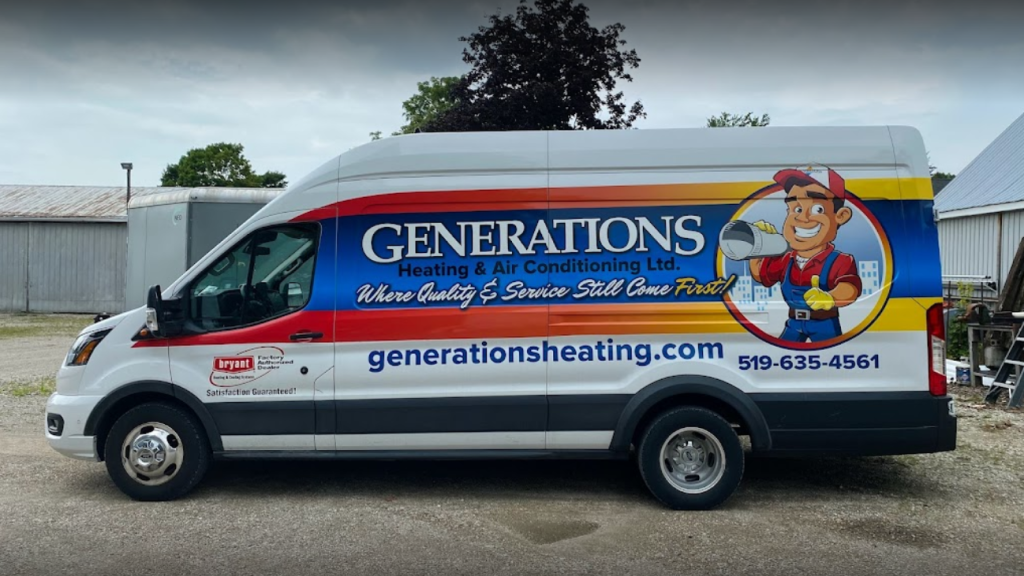
Ignoring warning signs can lead to costly repairs, higher energy bills, or even safety hazards. If you’ve noticed any of the issues above: strange noises, poor airflow, rising energy costs, or unusual odors, it’s time to act.
Schedule a professional furnace inspection or repair today to ensure your home stays safe, warm, and efficient all winter long. Don’t wait until a small problem turns into an emergency. Contact Generations Heating & Air Conditioning now to book your service.
More Reasons to Choose Generations:
If it's the comfort of your house that you're concerned about, you want to work with a company you can trust. At Generations Heating & Air Conditioning, we pride ourselves on offering professional advice, honest service, and dependable help from start to finish.
Local Experts Serving Kitchener and Beyond
We know Kitchener's weather and home styles inside and out. Our recommendations are based on hands-on experience here, not guesswork.
Friendly, Knowledgeable Technicians
Our service pros are highly trained technicians who care about you and your home. We take the time to clearly explain your options and answer your questions so that you feel confident making every decision.
No Pushy Sales Tricks, Just Honest Advice
You'll never be pressured into buying something you don't need. We prioritize what's best for you and your home, not what's easiest to sell.
Start-to-Finish Service
From the moment you receive your quote to long after your new system is installed, we're with you. Expect clear communication, tidy work, and follow-up service you can trust.
Ready to experience the Generations difference? Book a free consultation today and get the best air conditioning system for your needs and budget.
What Our Customers Are Saying...
"Great service, very adorable. they showed up when they said they would. And technician was professional. Happy to recommend and use them again if I need to."
-Louis Ormston
